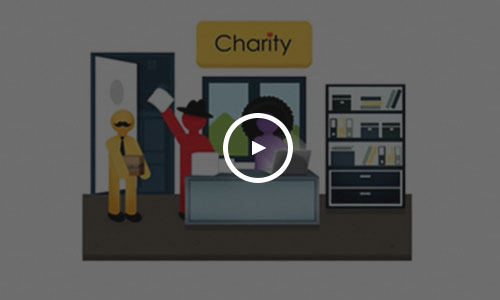
I'm making a difference by raising money for a cause close to my heart. Please support me by donating.
My Story
Personal experience:
I have lived with a child with autism spectrum disorder (ASD) for few years. Within the years, I saw her improvement and growth on various areas such as expressive language skill and life skill. This personal experience made me to be more curious and want to take a step on teaching them.
During my internship, I decided to work as a trainee of special need educator. When I started to work with the children with ASD, I tended to find out more characteristics and symptoms of a ASD child. One day, I had found out one boy who always closed his ears using his both hands when he was at the centre and it was strange to me. Sometimes, the behaviour of closing ear was along with the sobbing cry. This made me starting to wonder the reasons, made assumptions on the antecedents after my observation. By a chance, I was able to asked the question to one of the workers. She has explained me on the sensory issues that will encountered by the ASD children, which are sensory hypersensitivity and hyposensitivity. Searching through the internet, it helped me to comprehend thoroughly on the particular issues and have more idea to help the child. I have realized that he was hyper-hearing.
After few months, I could see how he improved after doing the sensory therapy which was conducted by the workers. He started to decrease the behaviour of closing ears, he was able to calm down in a short time after comforting. For example, one of the way to distracting the child which I observed was counting while rocking in a giant spinning top. The vestibular stimulation has substituted the hearing sense. He has focused on the counting and rocking rather than the noise to cool down himself. From the experience, I realized that how the sensory therapy is crucial to the ASD children and how it works to help them. Also, it is beneficial when the sensory therapy incorporates with other therapy programs.
About Hypersensitivity and Hyposensitivity:
Put them into simple words, ASD children with hypersensitivity tend to react more or manifest more discomfort when they are presented with some external stimulation. They might manifest some avoidance behaviours and cry out loud for expressing the sensory overload. On the other hand, ASD children with hyposensitivity tend to react and respond less, seem no change on facial expression. They might have some behaviours of 'seeking' or 'ignoring' external stimulations. Thus, it is important to intervene the sensory issues so the function in school, home and school can be improved.
Benefits:
From a psychological perspective, it assimilates to systematic desensitization, whereby the children might adapt to the stimulates after exposing them consistently and gradually along some times.
- modulation of sensory systems
- self-regulation
- more independent with activities of daily living (ADLs)
- improved motor planning ability
- active involvement and exploration of environments
Wrapping up:
It is a precious chance in which the children in difficulties can be benefited and improve through the process. Really appreciate your help and donation. I represent the children to express gratitude to your generosity.





